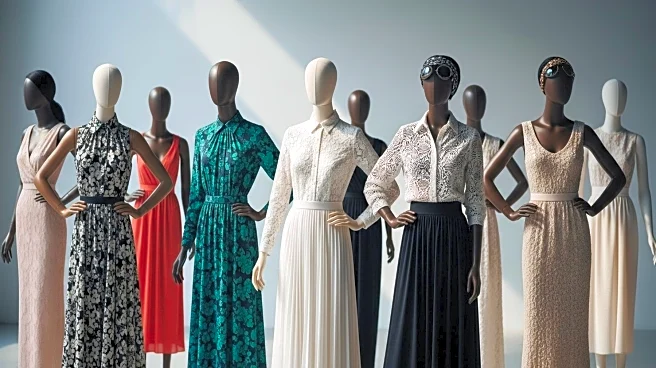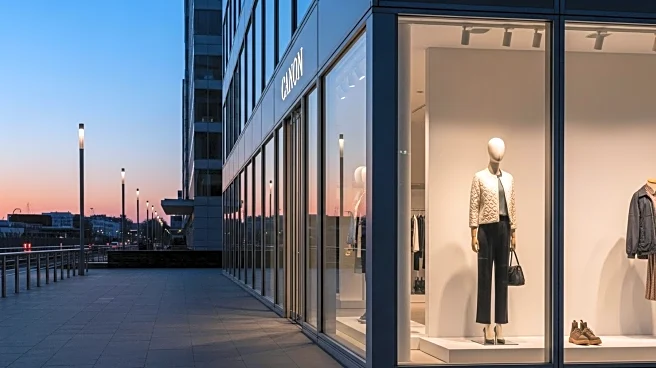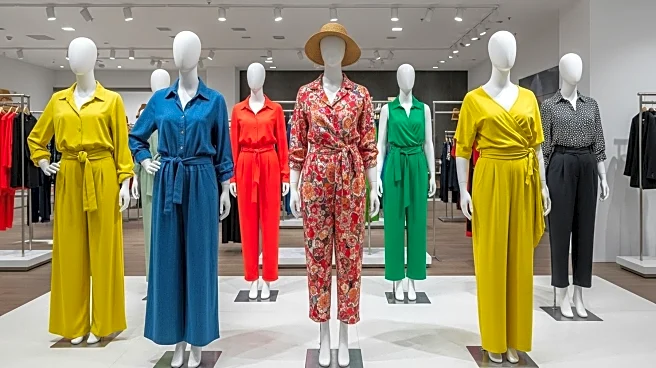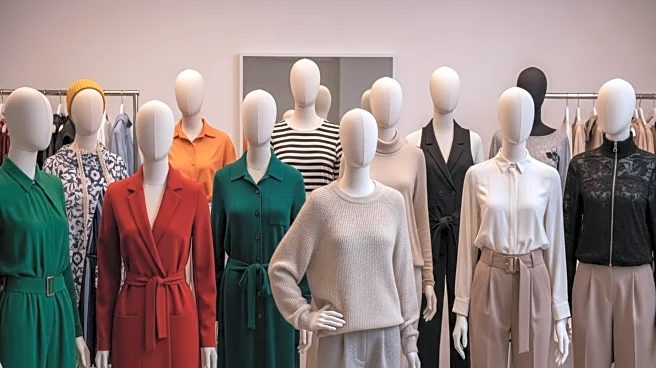What is the story about?
What's Happening?
Snag Tights, a UK-based fashion company, is receiving over 100 complaints daily due to their use of plus-size models in advertising. The brand, led by CEO Brigitte Read, is committed to inclusivity, offering tights that fit a wide range of body sizes from 4 to 38. Despite the backlash, Snag Tights continues to promote visibility and representation of diverse body types in the fashion industry. The complaints often accuse the models of being 'too fat,' reflecting ongoing societal discomfort with seeing larger bodies in fashion. The company has not faced any regulatory issues from the UK's Advertising Standards Authority, which has not investigated their campaigns.
Why It's Important?
The situation highlights a significant cultural and societal issue regarding body image and representation in fashion. Snag Tights' experience underscores the persistent challenges faced by brands that promote body diversity. The backlash reveals deep-seated fatphobia and resistance to change within the fashion industry and among consumers. However, Snag Tights' commitment to inclusivity is also fostering a supportive community and challenging industry norms. This could lead to broader acceptance and normalization of diverse body types in fashion, potentially influencing other brands to adopt similar inclusive practices.
What's Next?
Snag Tights is likely to continue its current strategy of promoting body diversity, supported by a team of moderators who manage negative feedback. The brand's approach may inspire other companies to embrace inclusivity, potentially leading to a shift in industry standards. As societal attitudes evolve, there may be increased pressure on regulatory bodies to address complaints rooted in discrimination rather than genuine advertising concerns. The ongoing dialogue around body representation could also influence consumer expectations and demand for more inclusive fashion options.
Beyond the Headlines
The controversy surrounding Snag Tights highlights broader ethical and cultural dimensions, such as the need for greater acceptance of body diversity and the role of fashion in shaping societal norms. The brand's stance challenges traditional beauty standards and encourages a re-evaluation of what is considered 'normal' or 'acceptable' in fashion. This could lead to long-term shifts in how bodies are represented in media and advertising, promoting a more inclusive and realistic portrayal of diverse body types.
AI Generated Content
Do you find this article useful?













